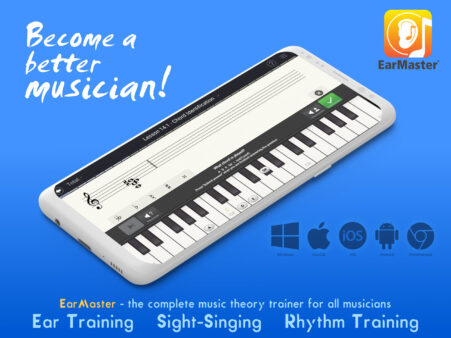Having previously suffered from an injury, Beth now presents workshops and works with many students to develop proper technique skills. I have previously been to several of her workshops and had students take a masterclass with her, so I know how incredibly helpful the principles are that she shares. They have greatly impacted my own teaching!

Be more vigilant than not. It’s easier to correct the hand shape of an unconscious 6-year old than a 16-year old who wants to play a Tchaikovsky concerto.
Beth began with a discussion of the importance of alignment. The third finger should be aligned with the forearm. She uses a piece of twine to place on the third finger and give a visual illustration of how the proper alignment should look. Our fingers are all differing lengths, so we have to be attentive to the alignment of the whole arm behind the fingers. Beth referenced this book: Basic Alignment and Rotation by Mary Moran – available at GolandskyInstitute.org.
Gravity is your best friend. Beth had us practice by holding up our arms and saying, “oh, I’m so tired,” while dropping our arm onto a solid surface. This is how we should play the piano! Arm drops into single notes help students work on this concept.
Next was a discussion of blocked intervals and proper alignment and technique. What to Observe When Students Play Blocked Intervals:
- Is the weight falling down into the keys, rather than shooting up?
- Is the bridge tilted?
- Are the hand joints and wrist holding? Is the pinky collapsed?
- Is the thumb low?
- Are the middle fingers grabbing and pulling back?
- Is the wrist twisted?
- Is the balance of weight falling toward the body (fingers will look flatter) rather than falling toward the piano?
Beth encouraged all of the teachers to just try these different techniques and see if it feels better. Often when she is working with young students, after helping them correct a poor technique the student will comment, “That feels good!” To segue into the topic of extended hand position, Beth showed how she will take a students hand and open it for them to illustrate the concept that the hand naturally opens when necessary. When moving from smaller to larger intervals, students have a tendency to twist in order to reach the keys. Instead, they should move into the keys to keep a proper alignment.
Train students from a young age to be aware of how their body feels when they play. Help them aim toward a good, natural feeling in their playing.
Be suspicious of fingering. Fingering is very individualized.
Beth states, “I don’t believe in entering a key with tension and releasing it later. I believe in entering without any tension, so you don’t have to take that extra step.”
Facilitating Movement Between Intervals/Chords:
- Rotation
- Move to the next nearest note – shortens the distance
- Practice moving 1 hand before the other: Increases accuracy and decreases anxiety!
- Hand redistribution: Aids in voicing, avoids stretching, gives greater comfort and accuracy
- Group chords
- Shape chords
- Chord Playing Checklist
When playing chord inversions, Beth has her students say, “5 rotates to 2; 5 rotates to 3, etc.” In pieces, help students identify the nearest note following the one they are currently playing so that they see the specific distance of the note changes. Group chord changes into position changes so that you can rotate accordingly.
These techniques can be applied to any piece of repertoire and incorporated into any method series. One of the key things that I’ve learned from Beth is that I need to be aware of these technique principles and constantly watching for them as my students play so that I can help them achieve excellent and beautiful playing. If I know what I’m looking for, then I can effortlessly incorporate it into each lesson as we work on technical skills and repertoire.
As you can see from this picture, the room was packed! I think it’s safe to say that we will all go back to our teaching better equipped to help our students develop into fine pianists. 🙂














Leave a Reply